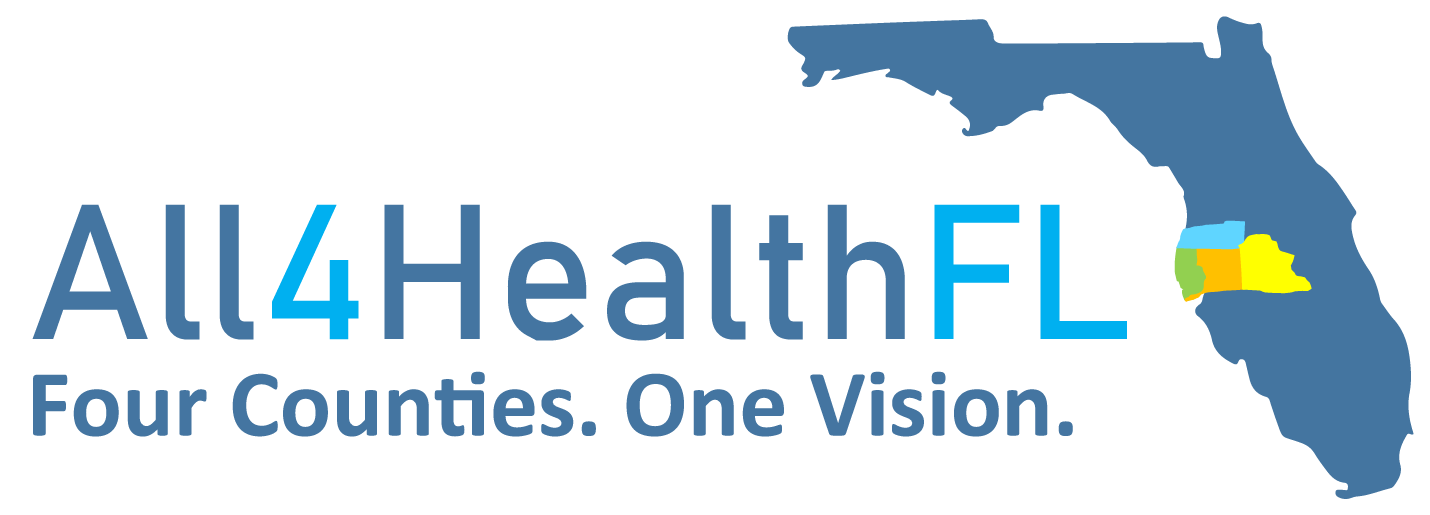Promising Practices
The Promising Practices database informs professionals and community members about documented approaches to improving community health and quality of life.
The ultimate goal is to support the systematic adoption, implementation, and evaluation of successful programs, practices, and policy changes. The database provides carefully reviewed, documented, and ranked practices that range from good ideas to evidence-based practices.
Learn more about the ranking methodology.
Filed under Evidence-Based Practice, Health / Physical Activity, Children
Goal: The project aims to promote a healthy lifestyle and reverse the trend of obesity among students and their families.
Impact: The ABC Fitness Program demonstrates the feasibility of bursts of structured physical activity for elementary school students with the beneficial effects on fitness and other health measures.
Filed under Evidence-Based Practice, Health / Adolescent Health, Teens
Goal: The goal of the Adolescent Community Reinforcement Approach is to help adolescents recover from alcohol and drug addiction.
Impact: Results from studies on this treatment program demonstrate that there can be superior engagement, retention, and short-term substance use outcomes for those in the A-CRA and ACC approaches compared to UCC. The ACC protocol can also result in significantly more patients linking to continuing care.
Filed under Evidence-Based Practice, Health / Other Conditions, Older Adults
Goal: The goal of the Arthritis Foundation Exercise Program is to increase joint flexibility, range of motion, and muscle strength among individuals with arthritis.
Filed under Evidence-Based Practice, Health / Respiratory Diseases, Children, Families, Urban
Goal: The goal of the program was to provide a multi-layered asthma management program for parents, children, and staff of early childhood centers.
Impact: The ABC program demonstrates that a multi-layered approach can improve asthma outcomes among preschoolers with a combination of parent and provider education having the greatest impact.
Filed under Evidence-Based Practice, Health / Respiratory Diseases
Impact: The Community Preventive Services Task Force (CPSTF) recommends school-based asthma self-management interventions to reduce hospitalizations and emergency room visits among children and adolescents with asthma. Evidence shows interventions are effective when delivered by trained school staff, nurses, and health educators in elementary, middle, and high schools serving diverse populations.
When implemented in schools in low-income or minority communities, interventions are likely to promote health equity.
Filed under Good Idea, Health / Adolescent Health, Teens, Adults, Urban
Goal: The mission of At The Crossroads is to reach out to homeless youth and young adults at their point of need, and provide them with services and programs that will empower them and improve their lives.
Filed under Evidence-Based Practice, Health / Prevention & Safety, Children, Families
Goal: The goal of Baby, Be Safe is to increase the use of child injury prevention measures.
Impact: Participants who received tailored educational materials reported greater adoption of home and car safety behaviors than those receiving generic information. This study offers promising findings to help prevent injuries to young children.
Filed under Evidence-Based Practice, Health / Alcohol & Drug Use
Goal: The goal of Behavioral Couples Therapy for Alcoholism and Drug Abuse is to improve success rates for treatment of alcoholism and drug abuse by involving intimate partners in the treatment process.
Impact: Numerous studies of the program have shown positive outcomes in five areas: substance abuse, quality of relationship with partner, treatment compliance, intimate partner violence, and children's psychosocial functioning. BCT clients also reported more relationship satisfaction than non-participants.
Filed under Evidence-Based Practice, Health / Diabetes, Children, Families, Racial/Ethnic Minorities
Goal: The objectives of Bienestar are to decrease dietary saturated fat intake, increase dietary fiber intake, and increase physical activity among low-income Mexican-American elementary and middle school children.
Impact: The Bienestar Health Program statistically significantly increases fitness scores and dietary fiber intakes levels among low-income, Mexican-American fourth-graders. A second randomized control trial conducted from 6th to 8th grade showed reductions in various indexes of adiposity.
Filed under Effective Practice, Health / Wellness & Lifestyle
Goal: To increase quality of life and longevity among members of a community through community-wide interventions which address community, social network, habitat, and inner self.
